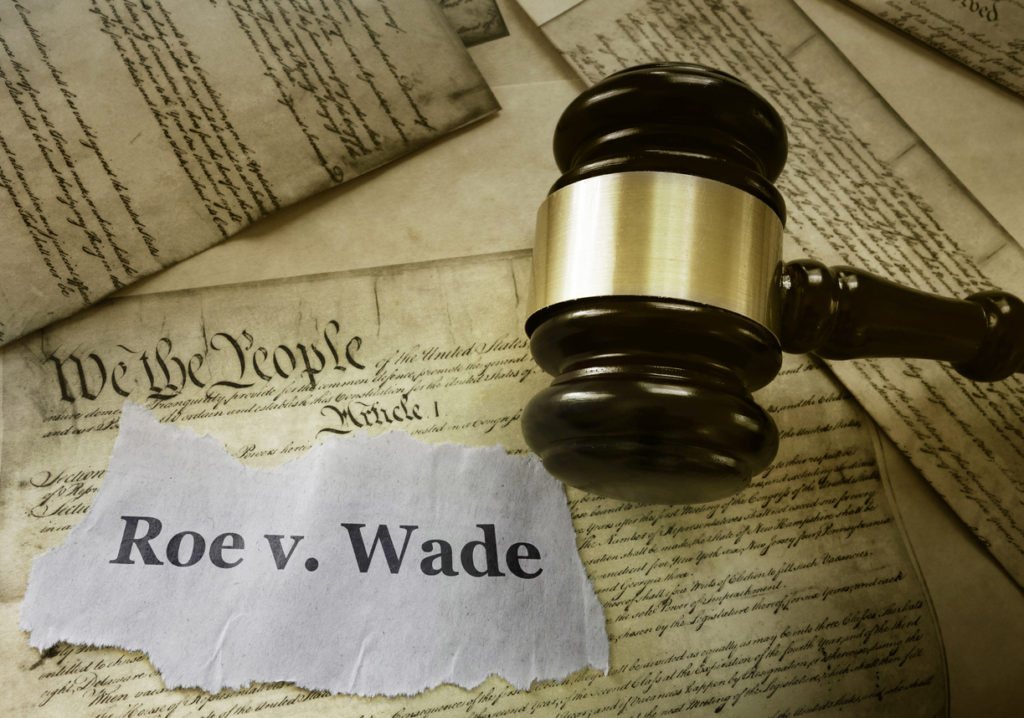Understanding Roe v. Wade: The U.S. Abortion Debate Explained

Understanding Roe v. Wade: The U.S. Abortion Debate Explained
The abortion issue in the United States has become one of the most debated topics in recent years. Many states now limit a woman’s ability to make decisions about her own body, and this issue has played a significant role in recent U.S. presidential elections.

It sounds complicated ..
What Happened on June 24, 2022
On Friday, June 24, 2022, the U.S. Supreme Court ruled that abortion is illegal after a fetal heartbeat is detected (around six months of pregnancy) even if the woman is healthy. This means that in some states, women cannot legally terminate an unwanted pregnancy, even in cases of rape.
However, this is a federal decision, and some states—like New York and California—still protect the right to choose abortion. In contrast, eight states, including Texas, now ban most abortions. Women seeking abortions in restrictive states face major financial and logistical challenges.
Roe v. Wade: Who Were Roe and Wade?
In the U.S., court cases are often named after the people involved.
- Roe: Norma McCorvey, who used the pseudonym “Jane Roe” to hide her identity. She filed the case in the early 1970s after an unwanted pregnancy. Norma came from a difficult background, having faced poverty and assault. Though her initial case allowed her to legally seek an abortion, she ultimately gave birth to the child.
- Wade: Henry Wade, the district attorney of Dallas, Texas. He became widely known due to this case and also handled the prosecution related to the assassination of John F. Kennedy.
In 1973, Roe won her case based on the interpretation of the 14th Amendment’s right to privacy, which protects a woman’s right to make decisions about her own body. This became the legal foundation for abortion rights in the U.S.
Why the Supreme Court Reversal Matters
The recent Supreme Court decision overturned Roe v. Wade, stating that abortion is not protected under the 14th Amendment’s privacy clause. Some reasons for the ruling include:
- Protection of the mother’s health and religious interpretations
- Conservative ideology influencing the judiciary
The current Supreme Court has 9 justices:
- 3 Democratic-leaning
- 6 Republican-leaning, including 3 appointed by Trump, such as Amy Coney Barrett, known for her conservative stance
This shift in the Court means major U.S. policies may lean conservative, affecting not only abortion but also issues like:
- Gun control
- Immigration policies
- Diversity and civil rights protections
State-Level Impact
Texas
Abortion is now heavily restricted. Doctors performing abortions may face harsh penalties, including up to 10 years in prison or large fines. Hospitals have paused abortion procedures to comply with state law.
New York
While New York currently protects abortion rights, federal changes may influence regulations in fertility treatments, IVF, or pre-implantation diagnostics.
Why This Matters Beyond the U.S
Even for Japanese citizens living in the U.S., this issue is relevant. Laws can directly affect personal safety, medical access, and women’s rights. It also highlights how the law can shift national policies based on the ideology of appointed judges, a lesson for all democracies.
Conclusion
The Roe v. Wade reversal is a significant legal and social event in the United States. While it may seem distant to some, understanding this decision is crucial for anyone living in the U.S., studying there, or following global women’s rights movements.


